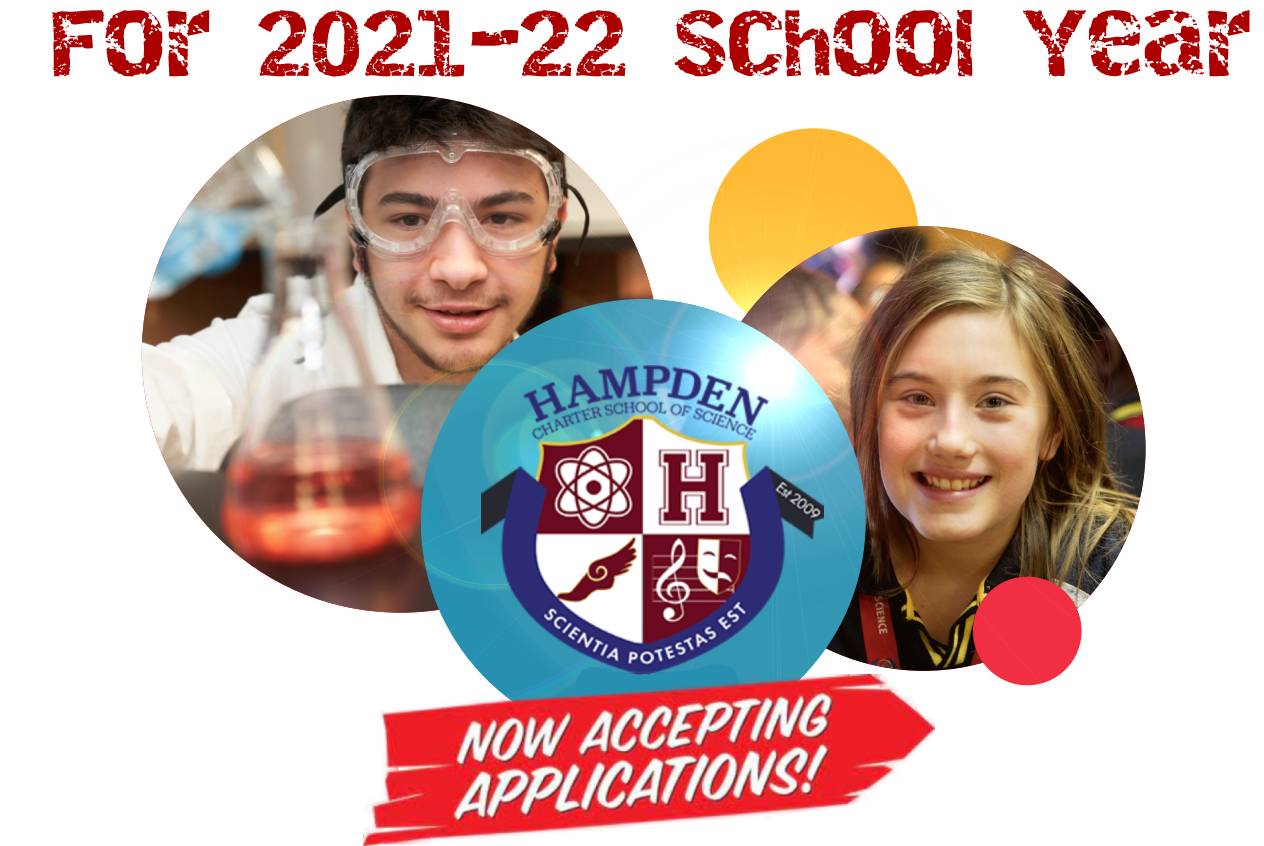History and Social Sciences
AP US History
AP World History
AP Human Geography
The purpose of the AP Human Geography course is to introduce students to the systematic study of patterns and processes that have shaped human understanding, use, and alteration of Earth’s surface. Human geography incorporates the concepts and methods associated with several of the disciplines within the social sciences, including economics, geography, history, and sociology. The course topics include the following:
Geography: Its Nature and Perspectives, Population, Cultural Patterns and Processes, Political Organization of Space, Agriculture and Rural Land Use, Industrialization and Economic, Development, Cities and Urban Land Use”
AP Psyhology
US History II
US History I
US Government
World History I
World History II
The second year of the two-year World History program builds on the skills and knowledge of World History I while placing an increased emphasis on the factors shaping the modern world. World History II is primarily a study of the 19th and 20th Centuries through the history of Europe, Latin America, Africa, the Middle East, South Asia, and East Asia. Students study the rise of the nation state in Europe, the French Revolution, and the economic and political roots of the modern world. They study the origins and consequences of the Industrial Revolution, 19th century political reform in Western Europe, and imperialism in Africa, Asia, and South America. They will explain the causes and consequences of the great military and economic events of the past century, including World War I, the Great Depression, World War II, the Cold War, and the Russian and Chinese revolutions. Finally, students will study the rise of nationalism and the continuing persistence of political, ethnic, and religious conflict in many parts of the world.
The study of contemporary issues, and an understanding of their historical roots, is an integral part of this course as we help students make meaning of the world around them. Students are encouraged to think critically as they come to understand the forces that have shaped the modern world. Some of the questions students will consider are: What role should governments have in the lives of their citizens? How has nationalism been able to both unify and divide people? Why are people willing to support dictators? How has nonviolence been employed as a force for positive change in the world? Through primary and secondary sources, multimedia, discussions, debates and role plays, students will become more fluent in the issues of the world today.
Modern European History
Scientific Revolution and Enlightenment, the Old Regime, French Revolution, Napoleon, Industrial Revolution, Imperialism, World War I, Dictators, Depression, World War II, Cold War, 21st Century
Ancient Civilizations
Students will then move on to the ancient civilizations in Mesopotamia, or “the land between two rivers”. We will discuss the advancements in farming techniques, as well as their solving problems created by moving to the river valley. We will also be discussing the advancements in Mesopotamian society with the first creation of laws by Hammurabi, the military advancements of the Assyrians and Akkadians, as well as the architectural advancements of the Neo-Babylonians.Students will also study ancient and classical civilizations surrounding the Mediterranean Sea. The civilizations will include Egypt, Canaan, Phoenicia, Greece, and Rome. We will discuss the religious, political and economic progression of these eras and analyze their effects on the course of world history. We will also discuss the dispersion of cultures throughout this area and how it eventually resulted in our modern, multicultural globalized community.
